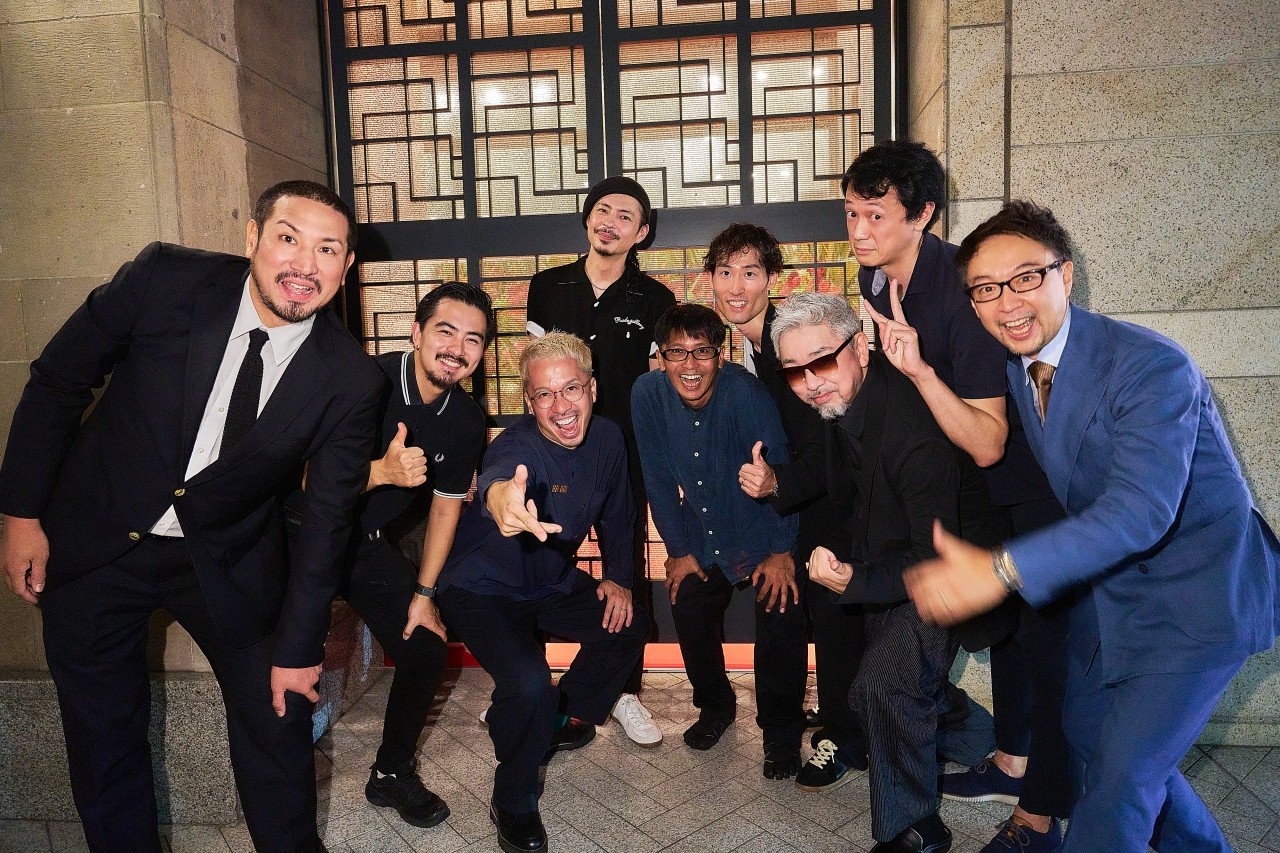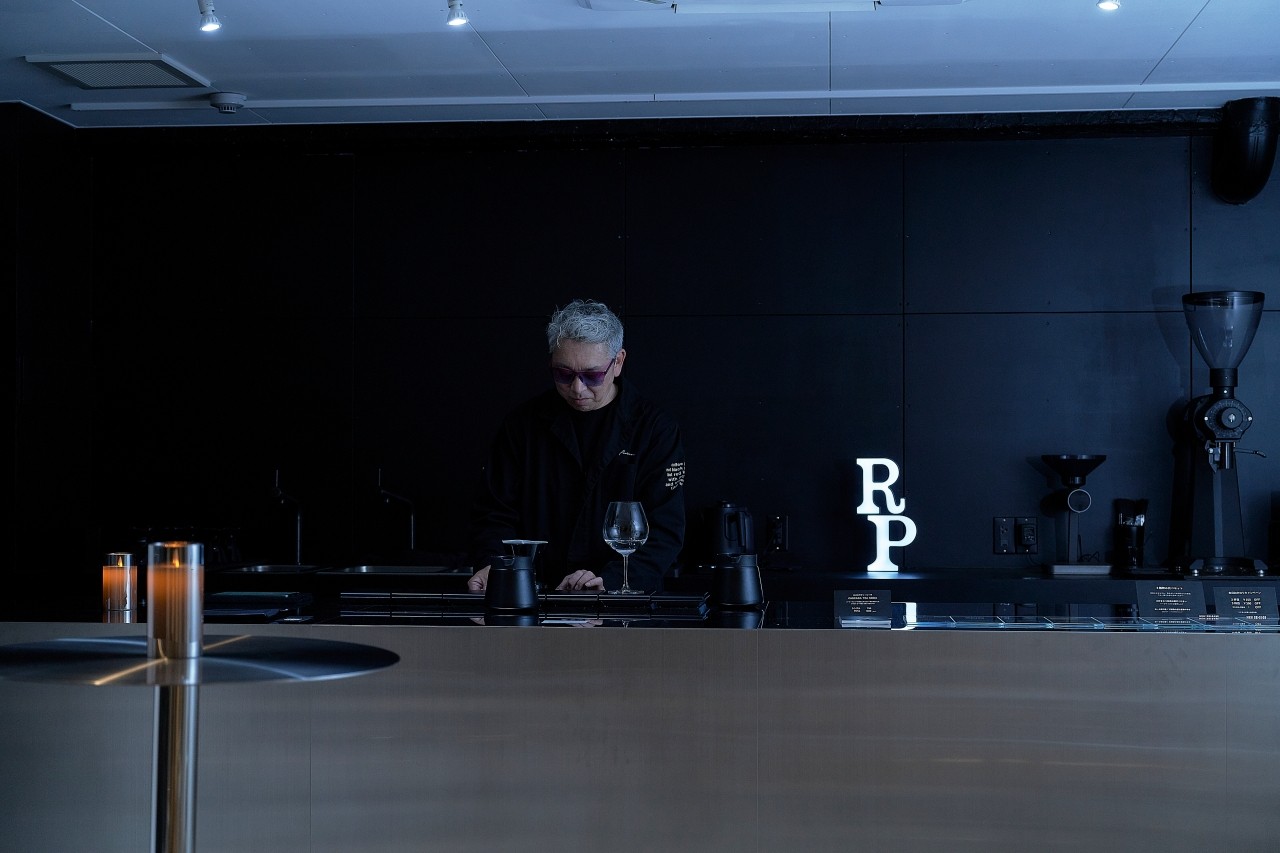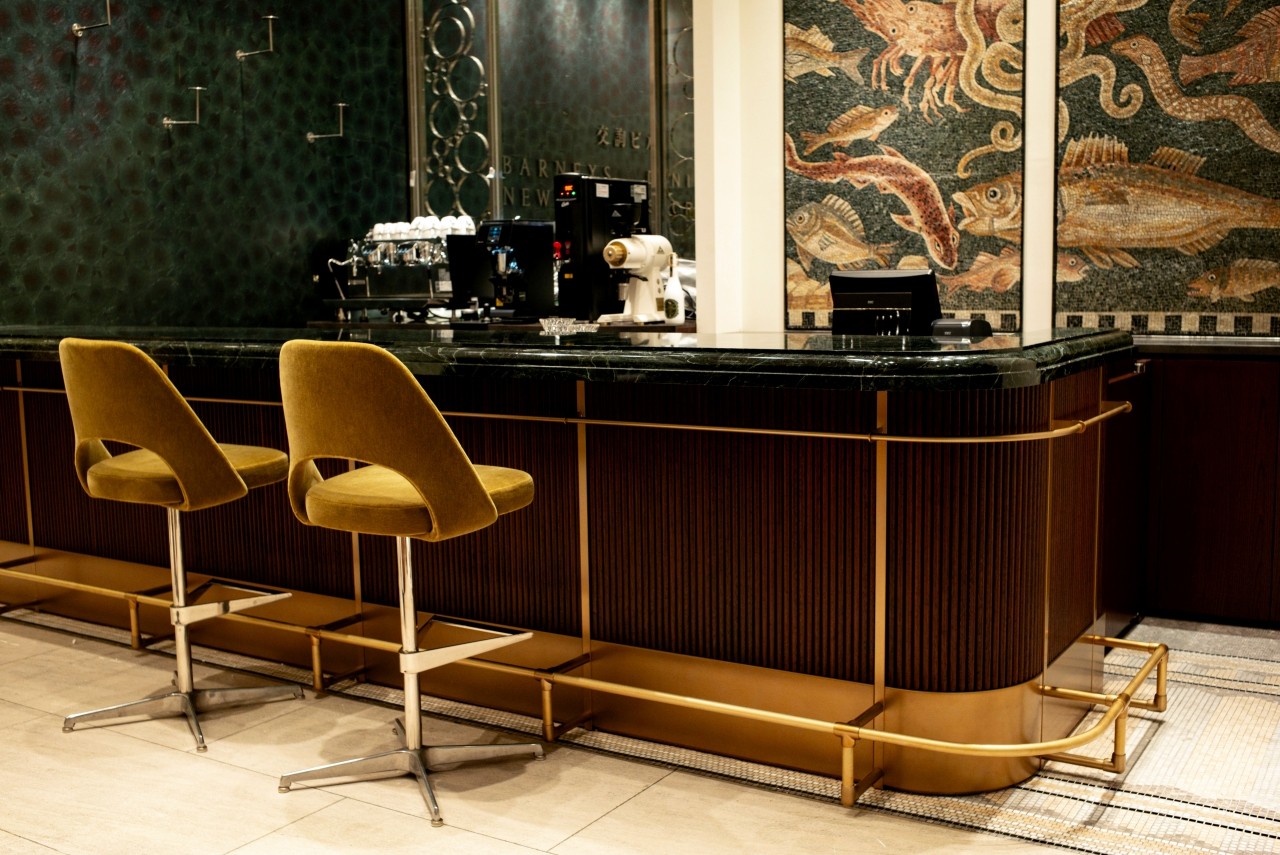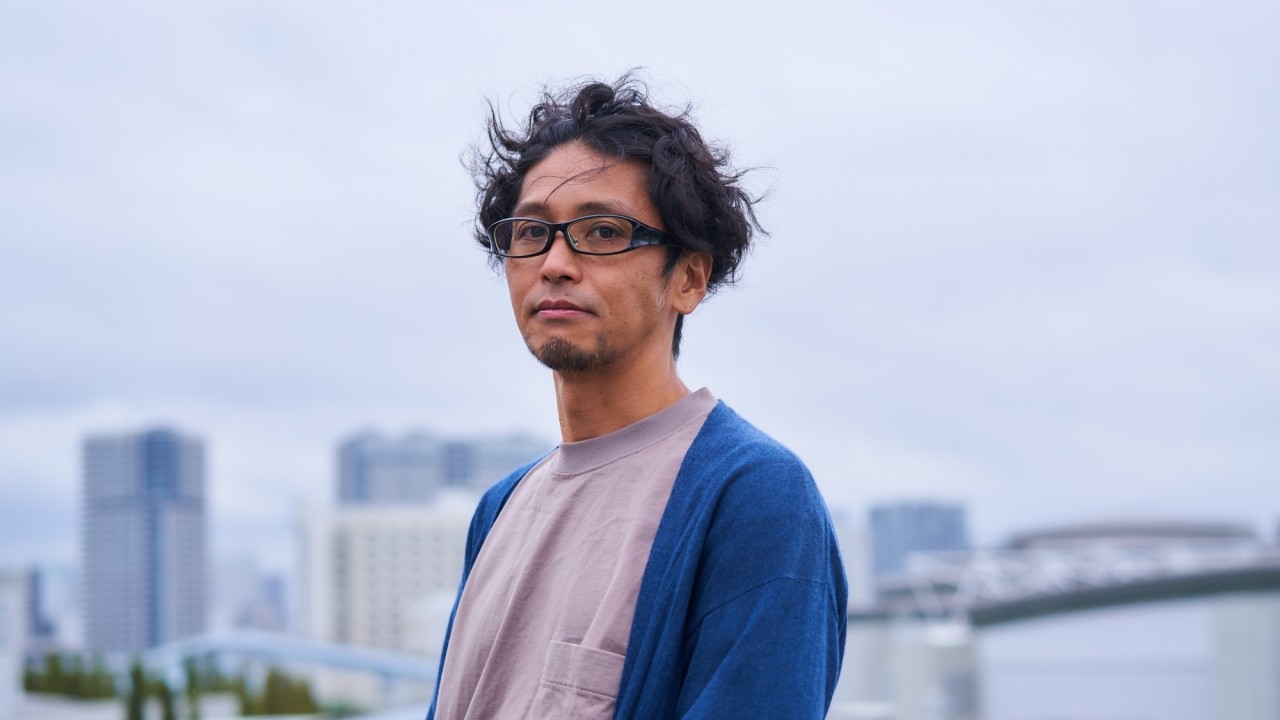"Café Hane", the predecessor of the coffee house, spread throughout the Islamic world

A 19th century print of a luxurious café in Istanbul ("Interior of a public café, sur la place de Top-hané" from The New York Public Library)
Coffee shops became popular in Europe in the mid-17th century in England. They were called "coffee houses" and played a major social role in London as a place for men to socialize.
Meanwhile, the world's first specialty coffee shop is said to have opened in Mecca around 1500.
They were called "Kafēhane" (synonymous with coffee house), and the Kafēhane custom of being men only and not allowing alcohol was carried over to British coffee houses.
Coffee and kaffee became popular in Yemen and the Islamic world during the 15th and 16th centuries.
Coffee qawwa spread from Yemen
In the 15th century, a drink called kahwa became popular in Yemen.
There were also beverages made using things other than coffee cherries, but they are broadly divided into two types: xyl, which is made by drying coffee cherries and boiling the outer flesh and shell of the coffee beans (seeds), and bun, which is made by roasting the cherries containing the coffee beans and then boiling them.
This kahwa quickly became popular when it was used by Sufis, Islamic mystics, as a drink to wake them up and keep them awake during their training. In the early 16th century, Sufis could be seen drinking kahwa while praying in Mecca, Medina, and Cairo.
It soon became known to the general public, and was drunk to stay awake or as a luxury item. In the Islamic world, where alcohol is prohibited, kahwa quickly became popular as a stimulating drink. Procedures for brewing and drinking kahwa were developed, and private coffee rooms were set up in the homes of the wealthy.
As mentioned above, coffee houses called "kaffehanes" were born in Mecca around 1500. In 1510, they spread to Cairo, the capital of the Mamluk dynasty and one of the centers of the Islamic world, and many kaffehanes appeared. They became a place for common people to socialize.
There were also beverages made using things other than coffee cherries, but they are broadly divided into two types: xyl, which is made by drying coffee cherries and boiling the outer flesh and shell of the coffee beans (seeds), and bun, which is made by roasting the cherries containing the coffee beans and then boiling them.
This kahwa quickly became popular when it was used by Sufis, Islamic mystics, as a drink to wake them up and keep them awake during their training. In the early 16th century, Sufis could be seen drinking kahwa while praying in Mecca, Medina, and Cairo.
It soon became known to the general public, and was drunk to stay awake or as a luxury item. In the Islamic world, where alcohol is prohibited, kahwa quickly became popular as a stimulating drink. Procedures for brewing and drinking kahwa were developed, and private coffee rooms were set up in the homes of the wealthy.
As mentioned above, coffee houses called "kaffehanes" were born in Mecca around 1500. In 1510, they spread to Cairo, the capital of the Mamluk dynasty and one of the centers of the Islamic world, and many kaffehanes appeared. They became a place for common people to socialize.
Coffee arrives in the Ottoman Empire
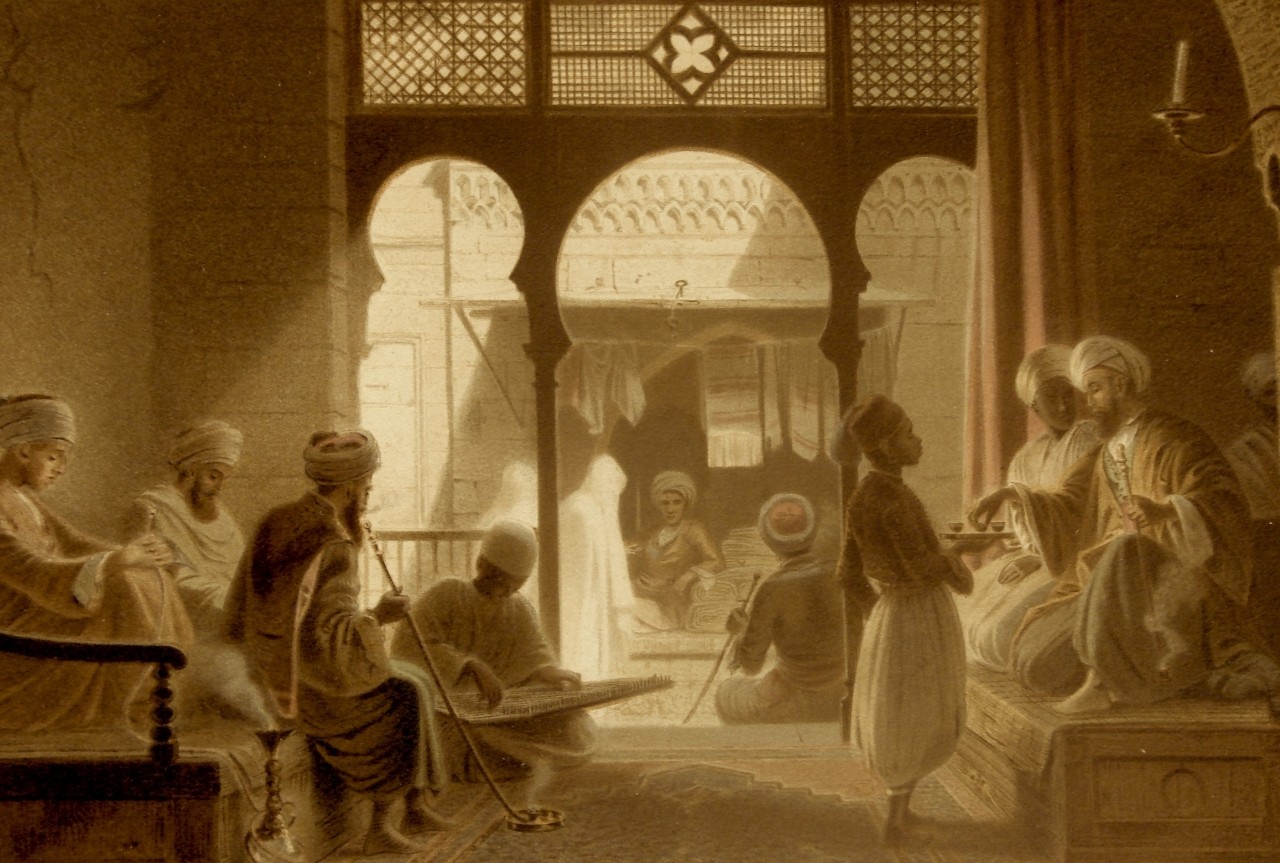
Kaffehane in 18th century Cairo
Coffee was introduced to the Islamic superpower, the Ottoman Empire, in the 16th century. It is said to have been brought back by Emperor Selim I, who overthrew the Mamluk dynasty.
In 1554, two Syrians opened a kafhan restaurant in Istanbul, the capital of the Ottoman Empire, and kafhan restaurants became popular throughout the city.
Coffee culture flourished in Istanbul, and it is said that hand-cranked roasters and coffee mills were invented during this period.
Furthermore, around this time the Ottoman Empire, which also controlled Yemen, encouraged coffee cultivation, and coffee cherries harvested in Yemen were widely transported throughout the Ottoman Empire and the Islamic world, including Istanbul and Cairo, which led to the spread of coffee.
In 1554, two Syrians opened a kafhan restaurant in Istanbul, the capital of the Ottoman Empire, and kafhan restaurants became popular throughout the city.
Coffee culture flourished in Istanbul, and it is said that hand-cranked roasters and coffee mills were invented during this period.
Furthermore, around this time the Ottoman Empire, which also controlled Yemen, encouraged coffee cultivation, and coffee cherries harvested in Yemen were widely transported throughout the Ottoman Empire and the Islamic world, including Istanbul and Cairo, which led to the spread of coffee.
Coffee has made inroads despite backlash
On the other hand, the rapid spread of the qahwa has also given rise to opposition. The qahwa was originally a custom spread by Sufis, and orthodox Islamic Manabu Muslims were not happy with them.
Sufi rituals included singing and dancing, and sometimes drug use, which was a fine line between heresy and Islam. Also, since the Quran forbids eating charcoal, some orthodox Manabu believe that drinking kahwa made from roasted coffee is a deviation from the Quran and Sunnah.
The problem was not the drinking of kahwa itself, but the existence of kafahane. In fact, some kafahane were seen as disrupting public morals, as they served alcohol, played music, and engaged in other activities prohibited by Islam, such as gambling.
Furthermore, because Caféhane attracted a wide variety of citizens and was a place where a wide range of topics were discussed, from rumors to complaints about politics, some in power felt that it could become a breeding ground for disruptive elements.
For these reasons, government officials repeatedly issued bans on drinking alcohol or on café-hopping, but these all quickly became meaningless.
The most drastic ban was the one issued in Istanbul in the mid-17th century, which reportedly resulted in the execution of 30,000 people, but this was more likely used as a means of power struggles, with the ban being used as an excuse to eliminate political opponents.
Despite this backlash, coffee took root in the Islamic world, and eventually coffee and kaféhane (coffee houses) spread to Europe.
Sufi rituals included singing and dancing, and sometimes drug use, which was a fine line between heresy and Islam. Also, since the Quran forbids eating charcoal, some orthodox Manabu believe that drinking kahwa made from roasted coffee is a deviation from the Quran and Sunnah.
The problem was not the drinking of kahwa itself, but the existence of kafahane. In fact, some kafahane were seen as disrupting public morals, as they served alcohol, played music, and engaged in other activities prohibited by Islam, such as gambling.
Furthermore, because Caféhane attracted a wide variety of citizens and was a place where a wide range of topics were discussed, from rumors to complaints about politics, some in power felt that it could become a breeding ground for disruptive elements.
For these reasons, government officials repeatedly issued bans on drinking alcohol or on café-hopping, but these all quickly became meaningless.
The most drastic ban was the one issued in Istanbul in the mid-17th century, which reportedly resulted in the execution of 30,000 people, but this was more likely used as a means of power struggles, with the ban being used as an excuse to eliminate political opponents.
Despite this backlash, coffee took root in the Islamic world, and eventually coffee and kaféhane (coffee houses) spread to Europe.
2023.8.29
CROWD ROASTER
If you want to enjoy coffee more deeply
" CROWD ROASTER APP"
Manabu at CROWD ROASTER LOUNGE
・Push notifications for article updates・Full of original articles exclusive to CROWD ROASTER
・Direct links to detailed information about green beans and roasters
App-only features
- Choose green beans and roasters to create and participate in roasting events・CROWD ROASTER SHOP: Everything from beans to equipment is readily available
・GPS-linked coffee map function


